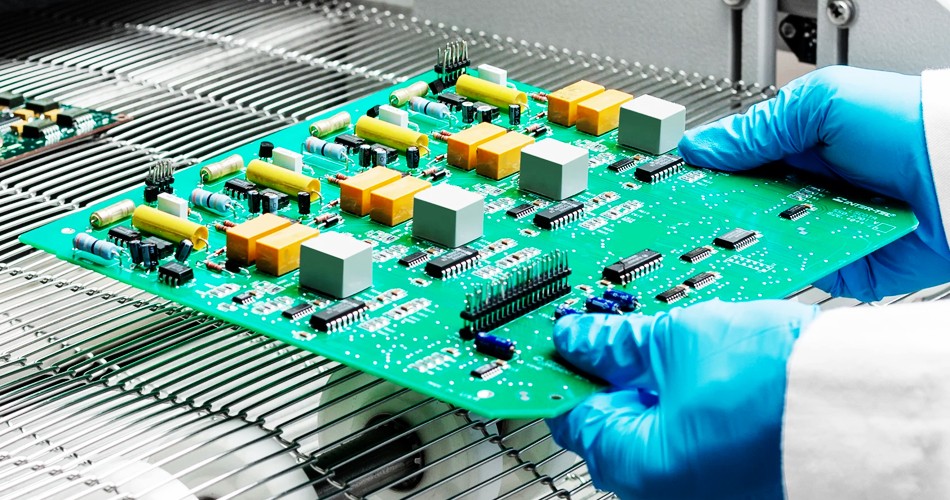- English
- Español
- Português
- русский
- Français
- 日本語
- Deutsch
- tiếng Việt
- Italiano
- Nederlands
- ภาษาไทย
- Polski
- 한국어
- Svenska
- magyar
- Malay
- বাংলা ভাষার
- Dansk
- Suomi
- हिन्दी
- Pilipino
- Türkçe
- Gaeilge
- العربية
- Indonesia
- Norsk
- تمل
- český
- ελληνικά
- український
- Javanese
- فارسی
- தமிழ்
- తెలుగు
- नेपाली
- Burmese
- български
- ລາວ
- Latine
- Қазақша
- Euskal
- Azərbaycan
- Slovenský jazyk
- Македонски
- Lietuvos
- Eesti Keel
- Română
- Slovenski
- मराठी
- Srpski језик
Manual soldering VS automated soldering in PCB assembly
2024-06-05
During PCB assembly process, soldering is an important step in connecting electronic components to the printed circuit board. Soldering can be divided into two methods: manual soldering and automated soldering. Each method has its advantages and limitations. The choice depends on the project needs and budget.

1. Manual Soldering:
Advantage:
Suitable for low-volume production or prototyping because setup costs are low.
Operators have the flexibility to handle a variety of PCBA layouts and component types.
Ideal for complex PCB assembly tasks such as commissioning and repair.
Limitation:
The speed is relatively slow and not suitable for mass production of PCB assembly.
Human factors can lead to inconsistent quality, especially during long production processes.
Skilled operators need to be trained to ensure quality.
2. Automated soldering:
Advantage:
Suitable for mass production and can improve production efficiency and consistency.
Highly precise soldering can be achieved and soldering defects reduced.
Suitable for high temperature soldering, such as surface mount technology (SMT) soldering.
Limitation:
The cost of setting up an automated soldering line is higher, including purchasing equipment and programming costs.
Proper maintenance and calibration are required to ensure stability.
Not very suitable for low-volume production or rapid prototyping for PCB assembly.
Choosing manual soldering or automated soldering should be decided based on the following factors:
1. Production scale: If your production scale is small, manual welding may be more cost-effective. But for large-scale production, automated welding can improve efficiency.
2. Cost: Consider equipment purchase, maintenance and operating costs. Automation equipment typically requires a larger initial investment.
3. Accuracy requirements: If highly precise soldering connections are required, automated soldering may be more suitable as automated soldering can provide more consistent results for PCB assembly.
4. Time requirements: Automated soldering is usually faster than manual soldering. If you have a tight production schedule, you may need to automate your soldering.
5. Product complexity: For complex PCB assembly, manual intervention may be required to handle abnormal situations.
6. Quality control: Automated soldering often provides better quality control and reduces defect rates.
In actual production, many companies may adopt a hybrid approach, using automated soldering lines to handle high-volume production and using manual soldering when customization or low-volume production is required. This balances cost, efficiency and quality needs.
-
Delivery Service






-
Payment Options









